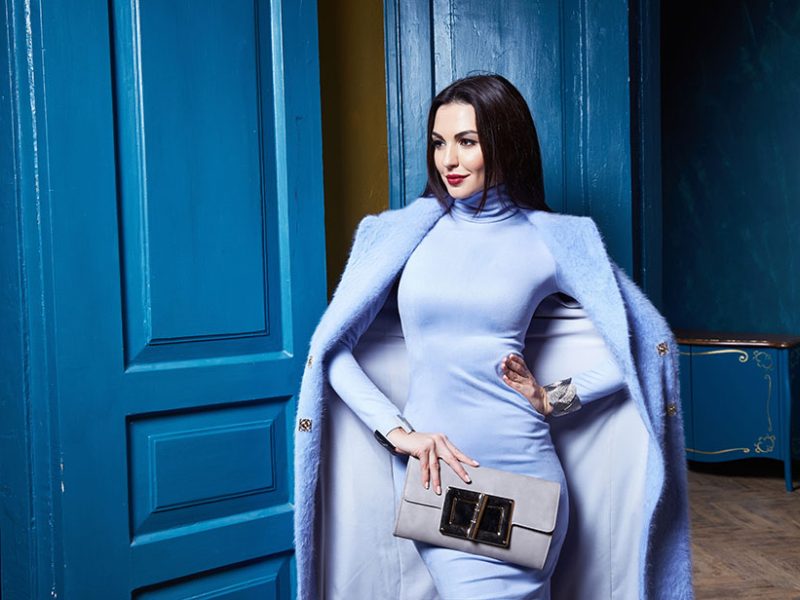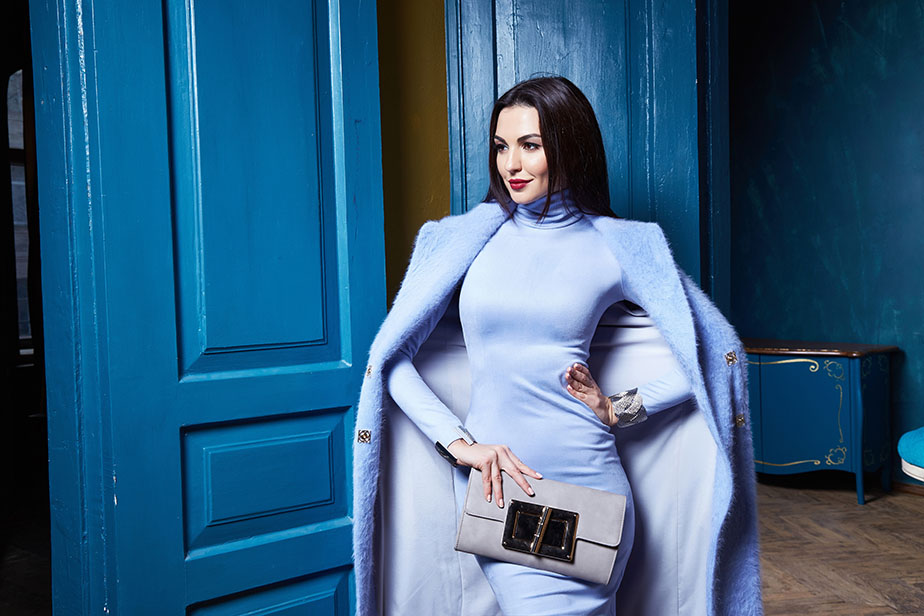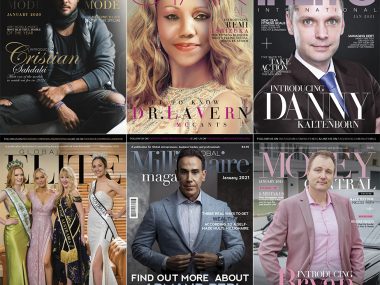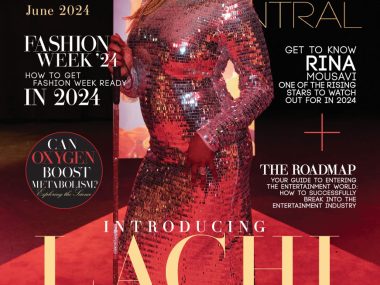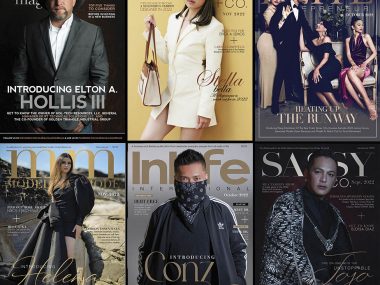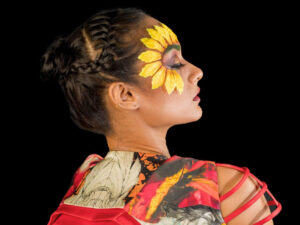By: Chi de Jesus
So, how long has it been ladies? Let me begin this article with a recent experience that my partner and I had when we were given a short reprieve from all the lockdowns and were invited to judge an event’s best-dressed male and female attendees as the 2FatFairies. Between me and my partner Ducky, he would be the “glam dresser” given that he loves colour, fabric, and cuts. I’m a very utilitarian dresser – I love straight clean lines and streamlined silhouettes. But we both agree on the communication that dressing up brings forth and the mindfulness necessary to make an ensemble work.
Arriving at the event, I was elated to see that everyone was all “dressed up”. But when it came to us choosing the winners, we were confronted with a realisation that people dressed up by adhering to a “concept” of being all dressed up. So, we had to base our decision on intention, possible concepts, attitude, and how everything comes together. We were both happy with our final stars of the night.
This brings me to this article. I realised that the way to handle this series of articles this year would be to go back to basics. But for this article, let’s go through the usual notions of “dressing-up” that may need a little bit of explanation. One can be given the title “best dressed” by what your look communicates. It’s a peek into who you are without the words and all the visuals that come with what you must put together.
Here are some ideas that one must think about when putting together an ensemble.
Not everything that glitters is glamorous
Sequins, rhinestones, iridescent fabric, and glitter may look fun and “glamorous”, especially when hit by lights but can go against you if placed in the wrong part of your ensemble. It may give the illusion of something looking bigger because of the reflection of the lights (aside from possibly blinding people who you may encounter during the event). And if you’re not the type who would work the room, it may be uncanny to see you with such outfit sitting in a corner, too shy to mingle.
Silhouettes come first when creating an ensemble
Full bias skirts, mermaid or serpentina skirts, empire gowns, or A-line bodices should first and foremost complement your body type. And when this present you with challenges, solutions like ruffles, puffed sleeves and slits help you maneuver the outfit. The concept of you fitting into the gown only works for weddings because you can have several years to carve your body into the form.
The magic is in what’s invisible
To fit into the silhouettes that you may like, it’s imperative that you put on the right underwear. People think that what’s not seen may not be important. On the contrary, confidence and attitude depend so much on what’s inside those fab outfits. A beautiful gown may lose its glam when your bra or full underwear makes the wrong marks in a body-hugging outfit.
The devil is in the details
As in most design scenarios very much applies to your choice of outfit. The type and combination of fabrics, the craftsmanship in the beadwork, and never forget the often-neglected type and placement of the zipper may very well be the secret of your rocking your outfit. More often than not, proper make-up, wearing the right shoes, and hairstyle can work against you if not considered in creating the ensemble.
Why is this all-important? Because it takes away from your message when delivering a speech because attention is drawn to your flaw. Because it might send the wrong notion to other people in the event. Because you can’t explain to everyone in the event of the mishap of a story why you are wearing your outfit; and you don’t want to hear the words “needy,” “inappropriate,” and “kitsch” … unless you do, then we can label your experience a success!
It’s not too late though.
Source: The Australian Filipina
